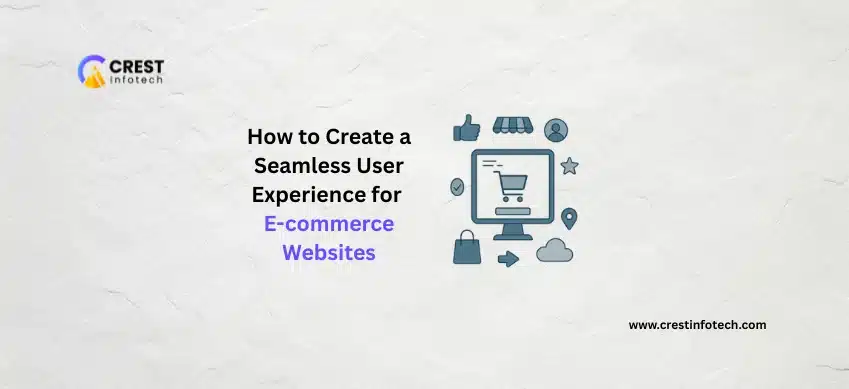Creating a seamless user experience (UX) is crucial for e-commerce websites. In a highly competitive digital landscape, the quality of UX can directly impact customer satisfaction, conversion rates, and brand loyalty. Here’s a step-by-step guide to designing a smooth and engaging user experience for your online store.
1. Prioritize Mobile Responsiveness
With more consumers shopping on their smartphones, your e-commerce website must be fully responsive. A mobile-first approach ensures that navigation, loading times, and checkout processes are optimized for smaller screens, improving both usability and sales performance.
2. Streamline Navigation
Clear and intuitive navigation helps users find what they’re looking for quickly. Use a well-structured menu, implement a powerful search function, and organize products into logical categories. Avoid clutter, and always keep the customer journey in mind.
3. Optimize Page Load Speed
Slow-loading pages are a top reason for site abandonment. Optimize images, use lazy loading, and minimize the use of heavy scripts to ensure fast performance across all devices. Tools like Google PageSpeed Insights can help identify areas for improvement.
4. Simplify the Checkout Process
A complicated checkout process can deter users from completing a purchase. Offer guest checkout options, minimize the number of form fields, and provide a progress indicator. Clear calls-to-action (CTAs) and multiple payment options also enhance the experience.
5. Use High-Quality Product Images and Descriptions
Customers rely heavily on visuals and detailed information to make purchase decisions. Use multiple high-resolution images, include zoom-in features, and write compelling product descriptions that highlight key benefits and specifications.
6. Leverage Personalization
Personalization makes users feel valued and understood. Use browsing history, location data, and purchase behavior to recommend relevant products. Personalized homepages, emails, and promotions can significantly boost engagement and conversions.
7. Build Trust Through Design and Content
Trust signals like secure payment icons, customer reviews, and clear return policies help reduce purchase anxiety. A professional design, consistent branding, and transparent communication all contribute to a trustworthy experience.
8. Implement Live Chat and Customer Support
Quick access to help can prevent user frustration. Implement live chat support or chatbots for instant assistance. Ensure FAQs and contact information are easy to find, offering reassurance throughout the shopping process.
9. Continuously Test and Improve
Use A/B testing, heatmaps, and user feedback to understand how customers interact with your site. Regularly update and refine your design, content, and features based on analytics to maintain a competitive edge.
10. Focus on Post-Purchase Experience
The user experience doesn’t end at checkout. Provide timely shipping updates, easy return processes, and follow-up emails that encourage reviews or repeat purchases. A positive post-purchase journey increases customer retention.



